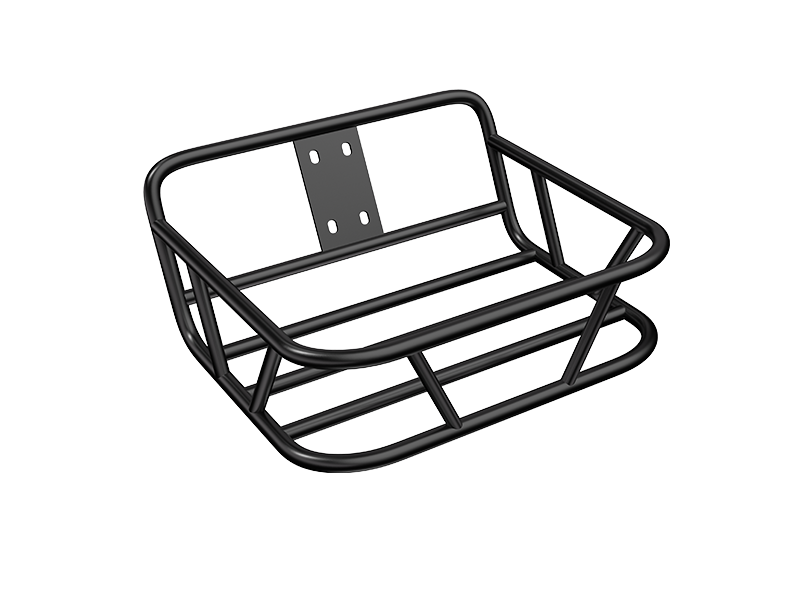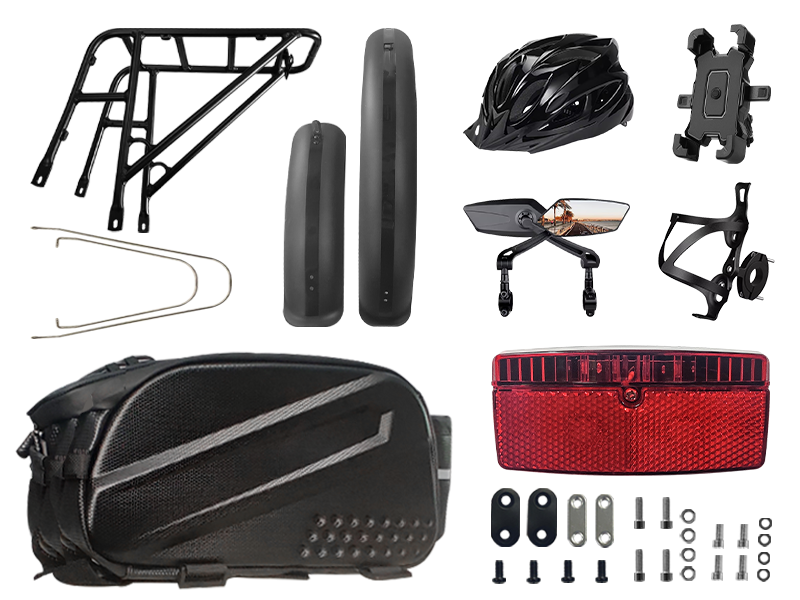Is a Full Suspension Bike Better Than a Hardtail?
MAR 20, 2024
The debate surrounding the question of whether a full suspension bike is better than a hardtail has long been a topic of discussion among cyclists. Both types of bicycles have their own unique advantages and disadvantages, making the choice between them highly subjective and dependent on the rider's specific needs and preferences. In this article, we will explore the key differences between full suspension and hardtail bikes, and evaluate their respective strengths and weaknesses to provide a clearer understanding of this ongoing debate.
Let's start by defining the two types of bicycles. A hardtail bike refers to a bicycle with a rigid frame that connects the front fork to the rear wheel. It typically features a suspension fork at the front to absorb impacts on the front wheel, but the rear wheel remains fixed to the frame. On the other hand, a full suspension bike has a suspension system that covers both the front and rear wheels, allowing for smoother rides over rough terrain.
One of the primary advantages of a full suspension bike is its ability to provide superior comfort and shock absorption. The rear suspension system effectively decouples the rider from the impacts of bumps and rocks on the trail, greatly reducing fatigue and discomfort. This makes full suspension bikes ideal for riding on rough and technical terrain, such as mountain biking or enduro racing. Riders can tackle steep descents and challenging obstacles with greater confidence and ease, as the bike's suspension system absorbs much of the impact.
However, full suspension bikes are not without their downsides. The added complexity and weight of the rear suspension system can make the bike heavier and more difficult to maneuver, especially on climbs or tight trails. Additionally, the maintenance requirements for a full suspension bike are typically higher, as the suspension components require regular inspection and adjustment to ensure optimal performance.
On the other hand, hardtail bikes offer a more direct and responsive riding experience. The rigid frame provides precise steering and feedback, allowing riders to feel more connected to the trail and their bike. This directness is particularly beneficial on smooth or moderately rough terrain, where riders may prioritize precision and control over shock absorption. Hardtail bikes are also lighter and easier to handle, making them a good choice for riders who value agility and maneuverability.
Moreover, hardtail bikes tend to be more affordable than full suspension bikes. The simpler design and fewer components mean that they are generally easier to produce and maintain, resulting in lower overall costs. This can be an important factor for riders on a budget or those who are just starting out in cycling.
However, the lack of rear suspension on a hardtail bike can be a limiting factor on rough terrain. Riders may experience more discomfort and fatigue over extended periods of riding on bumpy trails, as the bike does not provide the same level of shock absorption as a full suspension bike.
So, which bike is better? The answer to this question is highly subjective and depends on the individual rider's needs and preferences. Riders who prioritize comfort and shock absorption on rough terrain may find that a full suspension bike is the better choice. On the other hand, riders who value precision, control, and affordability may prefer a hardtail bike.
It's also worth noting that the choice between a full suspension bike and a hardtail bike is not just a matter of performance but also personal preference. Some riders may enjoy the feel and handling of a hardtail bike, while others may prefer the smooth ride and added confidence provided by a full suspension bike.
In conclusion, the debate over whether a full suspension bike is better than a hardtail bike is not easily resolved. Both types of bicycles have their own unique strengths and weaknesses, and the choice between them should be based on the rider's specific needs, preferences, and budget. Riders should consider the type of terrain they ride on, their riding style, and their personal preferences to make the best decision for themselves. In the end, the most important thing is to find a bike that fits your needs and allows you to enjoy your cycling experience to the fullest.













